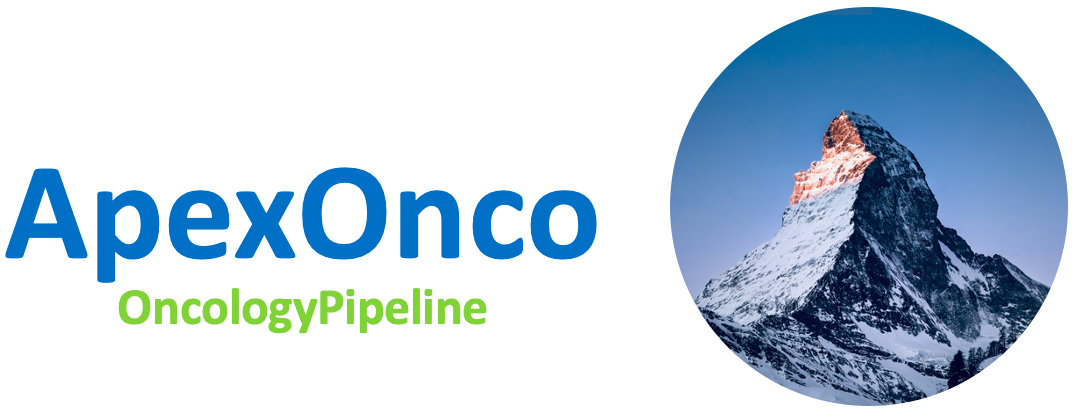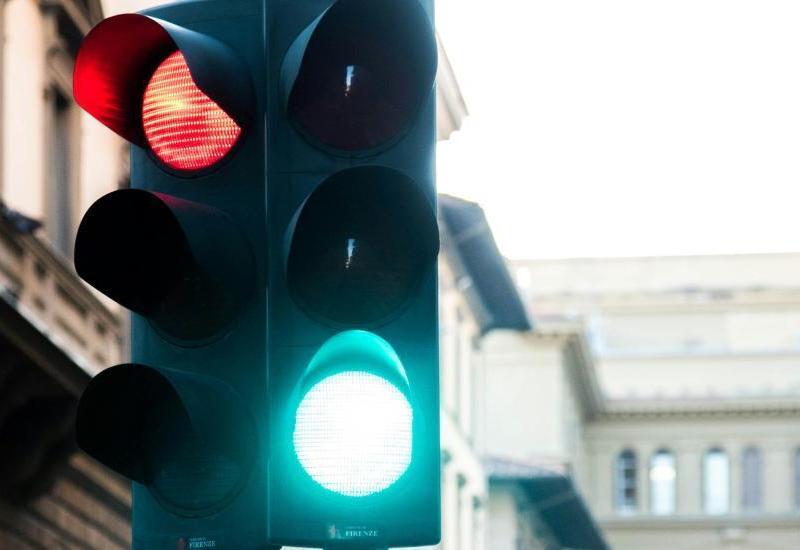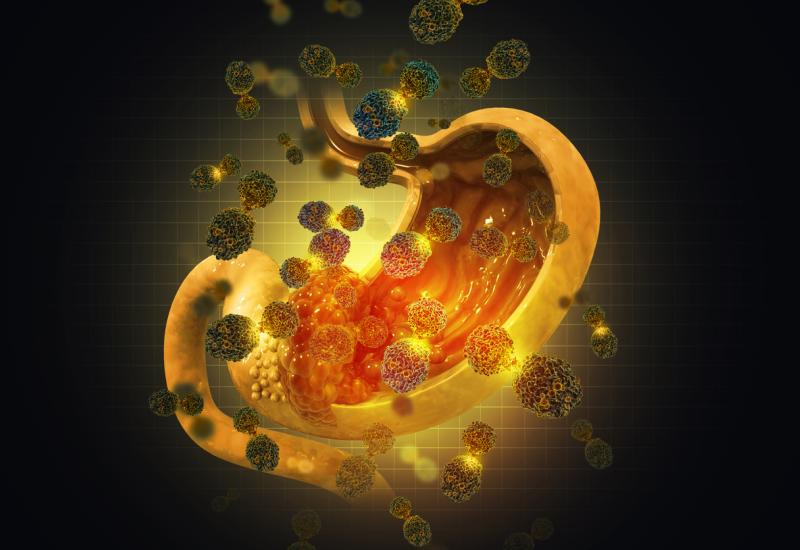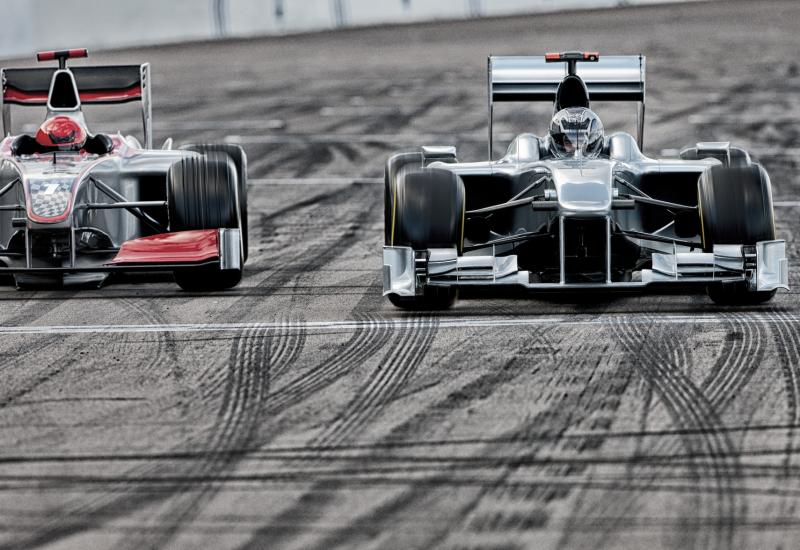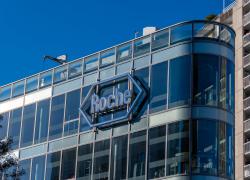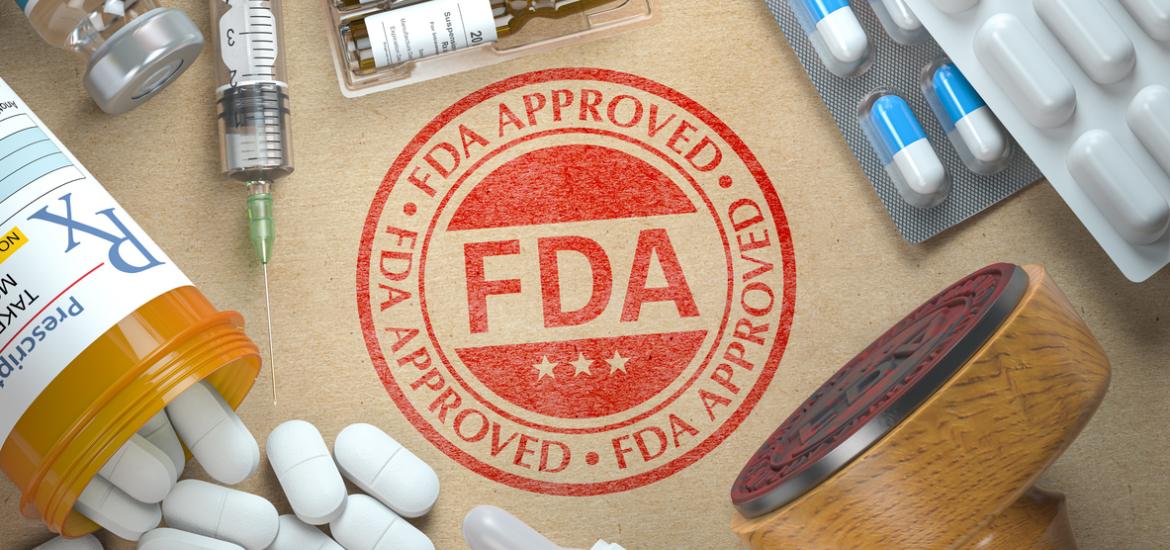
The FDA's "radical transparency", up to a point
A newly published cache of CRLs includes six novel oncology drugs.
A newly published cache of CRLs includes six novel oncology drugs.

The FDA has described Thursday's publication of over 200 complete response letters as a sign that it "embraces radical transparency". This seems a bit overblown, as the CRLs relate only to subsequently approved drugs, most of them generics, and come in a 160MB zip folder of pdf files, many not word-searchable, and each requiring opening to determine the drug concerned.
That said, the move is unprecedented, and there is hope for more, given that the agency describes the cache as merely an "initial batch" of decision letters. ApexOnco has manually scoured the CRLs, and picked out those relating to novel oncology drugs: Aveo's Fotivda, Immunomedics' Trodelvy, Coherus's Loqtorzi, Checkpoint's Unloxcyt, Astellas's Vyloy and Akeso's penpulimab.
As for why these six are included and not others, the FDA has set clear boundaries for its task, stating that the CRLs relate to drugs that were ultimately approved in 2020-24. This explains inclusion of the rather elderly Fotivda CRL, dating back 12 years; that kinase inhibitor didn't end up being approved until 2021.
It's a shame that no commitment is made – for now – to making public CRLs for unapproved projects, especially as the agency accuses companies "for far too long" of "playing a guessing game when navigating the FDA". One argument is that, being unapproved, these molecules pose no threat to public safety outside a clinical trial setting.
PR vs the real thing
So what do the CRLs reveal? One test is to compare their wording to that in the company press release disclosing the CRL, and to be fair the public announcements were pretty accurate, at least for these six drugs.
A clear outlier is penpulimab, since that drug's CRL was never in fact press-released. A CRL had been widely assumed, since the filing made in 2021 was followed by silence amid much delay owing to Covid-related travel restrictions in China, and anyway Akeso deprioritised development of the molecule in favour of bispecifics.
But the actual CRL spells out a chain of events starting with a delay due to a "major amendment", followed by Covid-related problems and then receipt of a CRL nearly three years after filing, and 18 months after the PDUFA date. This cited a changing treatment landscape for nasopharyngeal carcinoma, the use sought, and called for a controlled study testing survival endpoints.
This Akeso did, resulting in full approval for two nasopharyngeal settings, backed by a survival advantage versus control. In common with all CRLs, the penpulimab letter made requirements about safety updates, and said that if action wasn't taken within a year the filing risked being considered withdrawn.
Timeliness
Investors will also be interested in how timely biotechs are in disclosing CRLs. The published letters' dates show most being press-released within five days, and a special prize goes to Immunomedics, which announced the Trodelvy CRL on 17 January 2019 – the date of the letter.
Some press releases clearly downplayed a CRL's seriousness; Trodelvy's CRL was said to be due solely to CMC matters, but it actually cited “objectionable conditions” found at a production site. Much information in the published CRLs is redacted, including long passages on Trodelvy product quality and immunogenicity.
Coherus put Loqtorzi's CRL down to quality process issues, but the CRL describes manufacturing that doesn’t align with industry standards, and risks of viral cross-contamination. Unloxcyt's CRL, also due to production failures, names Samsung Biologics in South Korea as the third-party manufacturer at fault.
It's true that much of this type of information appears in some form in supporting documents published at the time of a US drug approval, but the FDA should be commended for at least making a start at improving transparency.
What if in future the agency should move to publishing CRLs as these are issued, for projects not yet approved? Expect companies to be far more proactive in pulling questionable-looking filings before even risking a CRL.
The six novel oncology drug CRLs now public
| Drug | Company | CRL date | Comment |
|---|---|---|---|
| Fotivda | Aveo (now part of LG Chem) | Jun 2013 | CRL faulted Tivo-1 trial for giving inconsistent PFS & OS results, cited imbalance in post-study treatments, recommended running another study, & saw problems with proposed dissolution acceptance criterion; all disclosed in press release |
| Trodelvy | Immunomedics (now part of Gilead) | Jan 2019 | CRL cited many manufacturing details, mostly redacted; “objectionable conditions” found at production facility; additional comments on product quality & immunogenicity (redacted); press release said CRL solely concerned CMC |
| Loqtorzi | Coherus | Apr 2022 | CRL cited manufacturing not in line with industry standards, & risk of adventitious virus cross-contamination; press release cited request for quality process |
| Unloxcyt | Checkpoint (now part of Sun Pharmaceuticals) | Dec 2023 | CRL cited manufacturing deficiencies, as per press release; also named 3rd-party manufacturer at fault as Samsung Biologics; many redactions |
| Vyloy | Astellas | Jan 2024 | CRL cited unresolved manufacturing deficiencies, as per press release, & issues re sterility testing |
| Penpulimab | Akeso | Jan 2024 | CRL wasn’t press-released; cited delays owing to “major amendment” & Covid travel restrictions; said data didn’t provide a meaningful advantage over currently available therapy, & requested a controlled study testing PFS & OS; also cited deficiencies in product quality |
Source: US FDA.
2554
